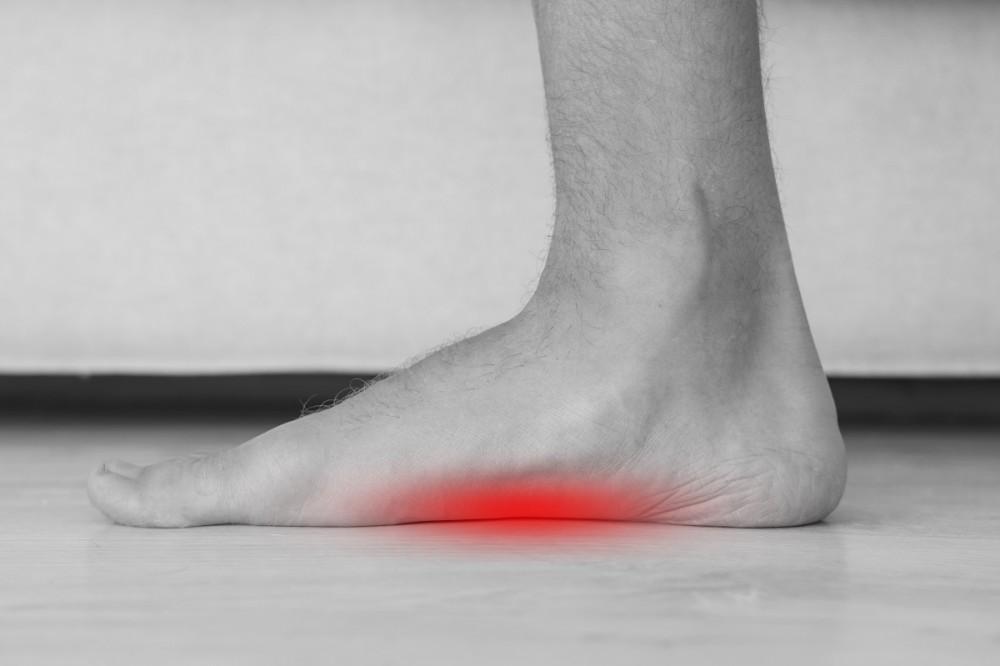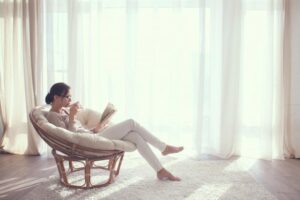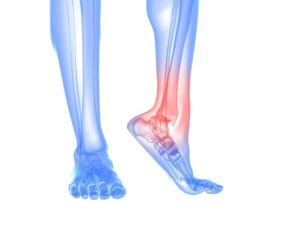Am I At Risk for Flat Feet?

Some people with flat feet, a condition where your feet don’t have a typical arch, are born with them. Others, though, are born with a healthy arch and develop flat feet and the associated health issues later in life.
If you don’t currently have flat feet but are concerned about your foot health, podiatrists Ryan Golub, DPM, and Zachary Flynn, DPM, AACFAS, at Arizona Foot Health in Phoenix, Arizona, can tell you more about adult-acquired flatfoot. Keep reading to learn more about why adults develop flat feet and whether you’re at risk for acquiring them.
What is adult acquired flat foot?
You can be born with flat feet, develop them in childhood, or develop them in adulthood. The latter condition is very common and means your foot’s arch collapses or deteriorates when you’re an adult.
Adult-acquired flat foot is a more painful condition than flat feet that occur in childhood, which usually resolve on their own and don’t cause pain. Flat feet in adulthood can make it difficult to be mobile and do the activities you enjoy.
Conditions that cause flat feet
In adulthood, these are some of the most common medical conditions that cause flat feet:
Posterior tibial tendon dysfunction (PTTD)
PTTD occurs when the key posterior tibial tendon, which supports your arch, tears, ruptures, or becomes irritated. Without the support of this tendon, your arch collapses, causing flat feet.
Charcot foot
Charcot foot causes the bone in your foot to weaken, which results in your foot becoming deformed and changing in shape. The change in shape can often results in the developing of flat feet.
Arthritis
Some types of arthritis in the feet and ankles attack the cartilage in your feet. When this happens, the cartilage becomes inflamed and can no longer be able to support a healthy arch.
Injuries
Some injuries to the bones or ligaments in your feet can cause your feet to become flat. Certain kinds of fractures or sprains in the foot disrupt your foot’s ability to maintain the arch.
Risk factors for adult-acquired flat feet
You’re at a higher risk of developing flat feet if one or more apply to you:
- You’re over 40
- You have a chronic medical condition like diabetes, rheumatoid arthritis, or hypertension
- You’re obese
- You’re pregnant
- You have a family history of flat feet
Adult-acquired flat feet can also occur in adults who are extremely active or on their feet most of the day. This is especially true if you don’t wear supportive shoes during these activities.
Treating adult-acquired flat feet
If your flat feet aren’t causing severe problems, our team can treat your flat feet conservatively. Conservative treatment includes resting your foot, taking over-the-counter pain medication, stretching, and wearing custom orthotics, special shoes, or boots.
If conservative treatment doesn’t work, our team can perform a surgical reconstruction to fully or partially recreate your arch.
If you’re struggling with adult-acquired flat feet or concerned about your risk, contact us to learn more about your prevention and treatment options.4
You Might Also Enjoy...
The Achilles Heel
Given Arizona’s climate, patients are able to remain active year round. It’s why we all chose to live here. But…
Alleviating Back Pain and Other Benefits of Custom Orthotics You Didn’t Know About
Would you ever imagine that custom foot orthotics could improve your quality of life? That’s what many people say after…
9 Helpful Tips to Prepare Your Home Before Bunion Surgery
When moderate interventions, such as wearing wider shoes or using pads in your shoes, fail to ease your bunion pain…
When Should You Go to the Doctor for an Ingrown Toenail?
In most cases, you can nurse an ingrown toenail at home with over-the-counter pain medication, topical antibiotic creams, and soaking…
6 Home Exercises to Keep Your Ankles Strong
Ankles that feel wobbly and weak are vulnerable to injury. If you play sports, run, jump, or just walk often,…
Is Surgery My Best Option For Treating Bunions?
You have a bunion and it isn’t pretty, but if your bunion is small enough, or doesn’t hurt, you may…






